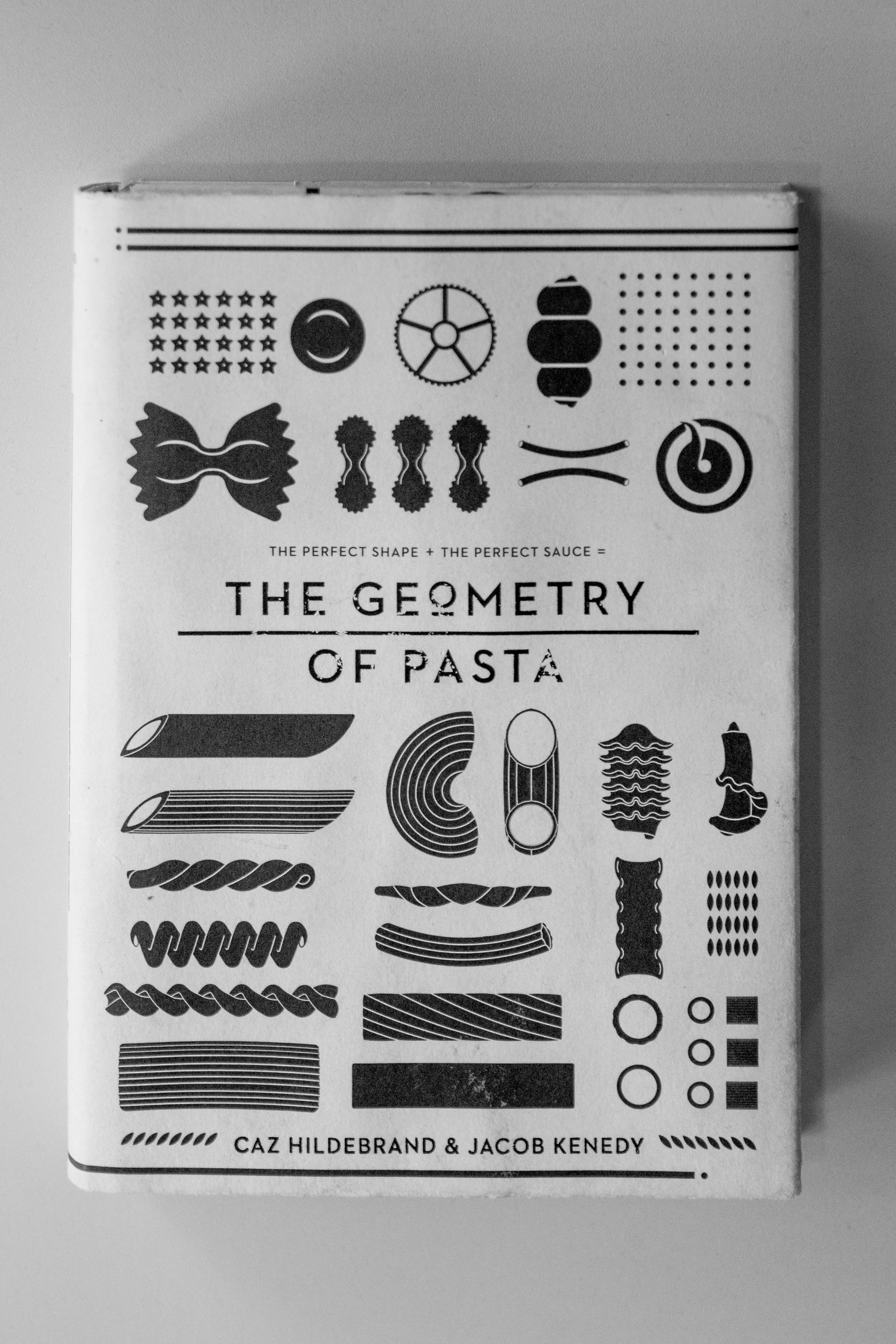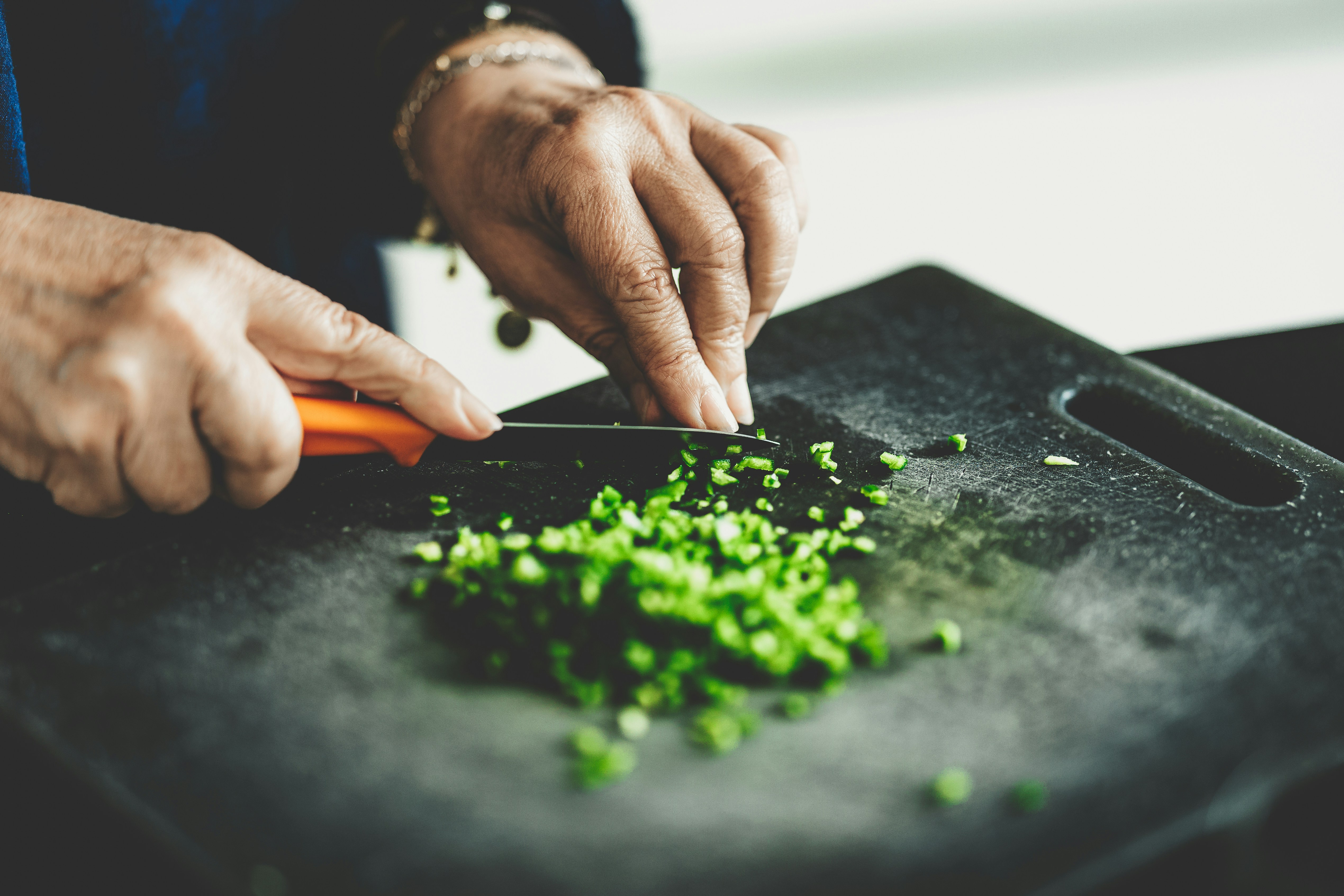Culinary Cartography: Explore Global Flavors Through Ingredients
Ever wondered how different cultures use unique ingredients and techniques to create iconic dishes? Welcome to the world of culinary cartography, where we map global flavors through the ingredients that tell vibrant stories and techniques that inspire our kitchens. From earthy spices to fresh herbs, this journey will connect you with culinary practices across continents, unveiling the joy of cooking and the rich history behind each recipe.
The Essence of Culinary Cartography
Culinary cartography is more than just cooking; it's a journey through time and space, linking people, places, and flavors. As you embark on this exploration, think of each ingredient as a part of a greater narrative—an ambassador of its culture and a key to unlocking culinary secrets. By understanding how different cultures utilize their local ingredients and cooking techniques, you can recreate authentic dishes in your kitchen while developing a deeper appreciation for global cuisines.
Understanding Global Flavors
The Power of Ingredients
Ingredients serve as the backbone of any dish. They not only define the taste but also contribute to the cultural and historical significance of the food. Imagine biting into a fragrant curry steeped in spices like turmeric and cumin, each telling tales of ancient trade routes and culinary knowledge passed down through generations. Or think about the essential role of fresh cilantro in Mexican cuisine, perfectly balancing rich, robust flavors.
Using high-quality ingredients can dramatically enhance your cooking experience. Seasonal and locally sourced produce often proves to be superior in flavor and nutrition, allowing you to create dishes that resonate with their cultural origins.
For more insights on how to incorporate seasonal ingredients, check out Cooking with Colors: Create Visual Harmony for Health/Flavor.
Techniques that Define Culinary Traditions
The methods used to prepare food add another layer of significance. Consider the age-old techniques of fermenting in Asian cuisines, which not only enhances flavors but also offers health benefits. Meanwhile, traditional roasting methods in Mediterranean diets bring a unique depth to vegetables and meats alike.
Learning about these techniques allows you to recreate authentic dishes while maintaining respect for their origins. It's about more than just following a recipe; it’s embracing a cultural culinary practice.
Explore the fascinating ways to combine flavors and techniques in Culinary Alchemy: Explore Unique Flavor Pairings and Fermentation.
Navigating the Global Flavor Landscape
From East to West: A Culinary Crossroads
As we map out global flavors, we find the cross-cultural culinary exchanges that enrich our kitchens. For instance, the spicy and aromatic profiles of Indian cuisine can be experienced in Caribbean dishes, showing a historical fabric woven through migration and trade. Similarly, culinary influences from Spain and the Middle East have mingled in regions of Southern Europe, adding unique twists to classics.
Understanding these intersections can inspire creativity in your cooking. You might blend spices from one culture with cooking techniques from another, creating your dish that pays homage to both.
Unique Ingredients: The Heart of Culinary Navigation
Some ingredients can define a region’s palate, becoming synonymous with its cuisine. Consider the fragrant saffron from Iran, the rich umami of soy sauce in Japan, or the fresh chilies of Southeast Asia. Each ingredient can elevate a dish, making it distinctive and memorable.
By experimenting with these key ingredients, you’re not just cooking; you’re creating a culinary narrative that encapsulates different cultures and histories, establishing a connection to the foods we eat.
Delve deeper into crafting unique flavor profiles inspired by your experiences in Culinary Alchemy: Transform Everyday Ingredients into Gourmet Wonders.
The Art of Flavor Pairing
Enhancing Your Dishes with Flavor Insights
Flavor pairing is both an art and a science; understanding how to complement or contrast flavors can take your dishes to a new level. This conversation starts with learning about taste profiles: sweet, salty, sour, bitter, and umami.
Did you know that pairing foods with conflicting textures can create an exciting culinary experience? Think of a crunchy cucumber salad paired with tender, juicy grilled chicken. Consider also acoustic seasoning—how sound can influence our perception of flavor. Explore this interesting angle in The Sound of Cooking: Experience Flavor Like Never Before.
Traditional Flavor Profiles across Cultures
Diving deep into a culture's culinary profiles reveals common patterns in seasoning and preparation. Italian cuisine, for example, frequently balances acidity with sweetness, using tomatoes and balsamic vinegar to create dishes that sing with flavor. Conversely, many Middle Eastern recipes embrace warm spices like cinnamon and allspice alongside savory notes, creating rich and aromatic meals.
Through the lens of culinary cartography, understanding these traditional profiles can guide you in crafting recipes that respect and celebrate their origins while allowing room for personal expression.
Learning from Tradition: A Practical Approach
To learn about the culinary histories and traditions behind different recipes, consider visiting local markets or participating in cooking classes specific to a particular cuisine. Engaging with local chefs will deepen your understanding of their favorite techniques and preferred ingredients, enhancing your culinary repertoire.
For those interested in exploring the historical significance of food, check out Culinary Chronicles: Discover How Ancient Civilizations Shape Modern Recipes.
Creating Innovative Dishes from Global Inspirations
Personalizing Recipes: A Culinary Journey
Once you understand the basics of different culinary traditions, the next step is personalizing these influences. Take a beloved family recipe, perhaps a classic Italian lasagna, and consider how you can infuse Asian flavors by adding miso to the ricotta or layering in some sautéed bok choy.
This blending of flavors not only allows you to explore your creativity in the kitchen but also serves to honor and celebrate various cuisines. By taking inspiration from your cultural background and the cuisines you admire, you can create something truly unique—a dish that tells your story.
Sustainable Cooking through Global Lenses
As we traverse culinary landscapes, sustainability becomes a crucial aspect. Adopting a farm-to-table mindset allows you to utilize seasonal, local ingredients that mirror the cultures you are exploring. This not only enriches your palette but also contributes positively to the environment and your community.
Explore innovative ways to infuse sustainability into your cooking in Transform Leftovers into Culinary Gold: Get Creative with Recipes.
Final Thoughts
Culinary cartography invites us all to partake in a grand culinary adventure, charting a course through diverse flavors and techniques from around the globe. By exploring ingredients and their cultural significance, you can transform your cooking into a truly enriching experience.
So, don your chef's hat and prepare to navigate your kitchen with the knowledge of a seasoned traveler. Whether you’re rekindling traditional recipes or forging new paths with innovative dishes, remember: every meal is an opportunity to share history, culture, and passion with those you love.
Next Steps
- Get Started: Choose a global cuisine you’ve never tried cooking and explore its fundamental ingredients and techniques.
- Experiment: Blend elements from different cultures to develop your unique recipes.
- Share: Don’t forget to share your culinary creations with friends and family; food is best enjoyed together!














